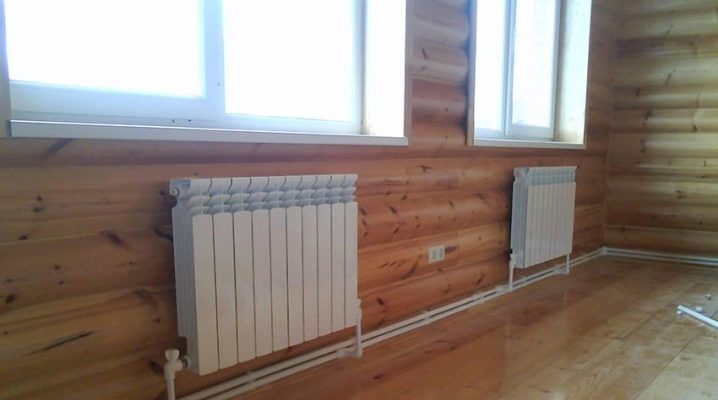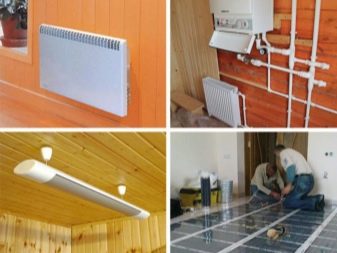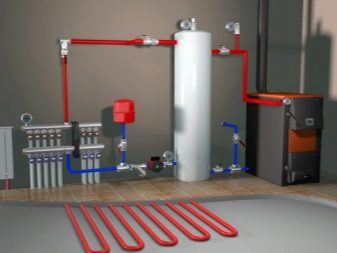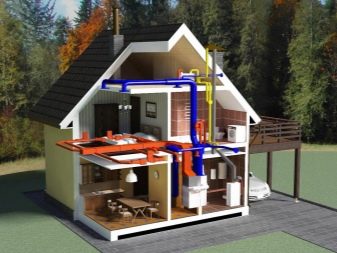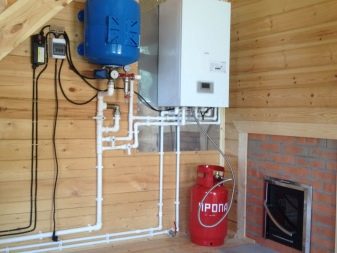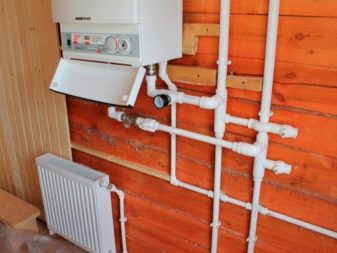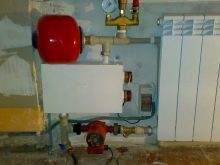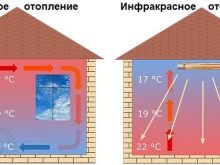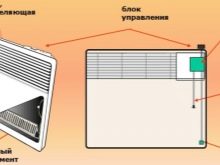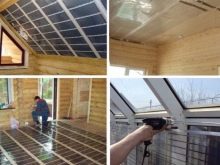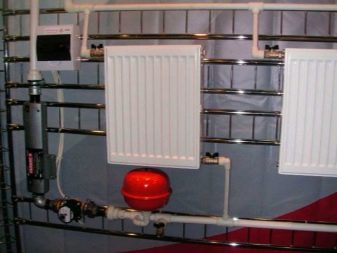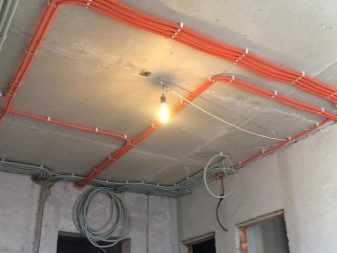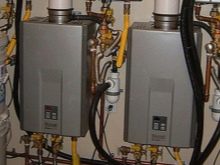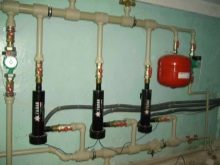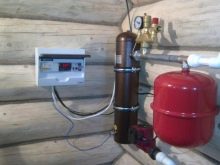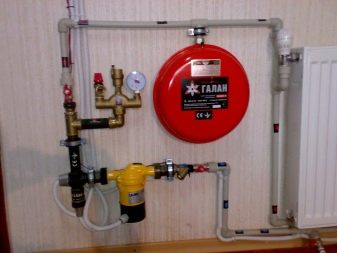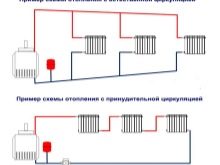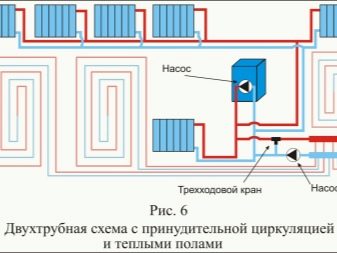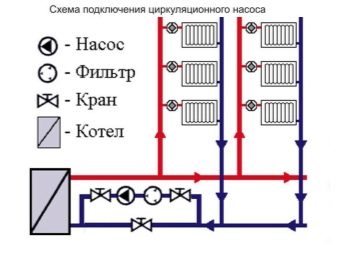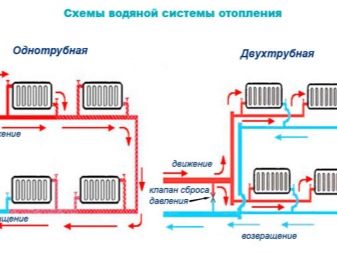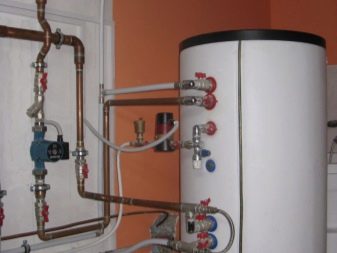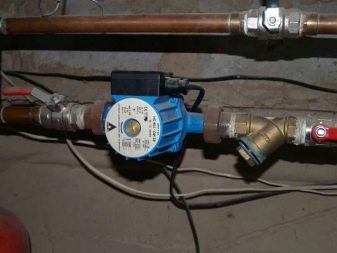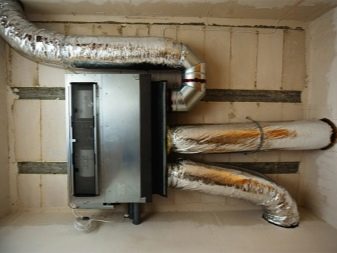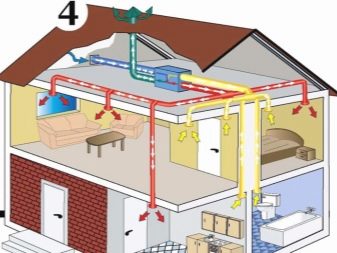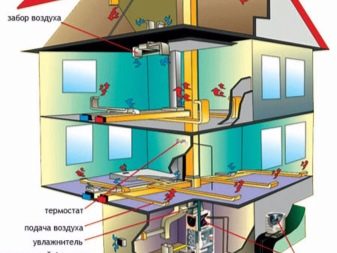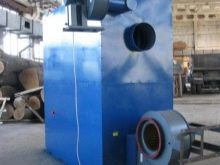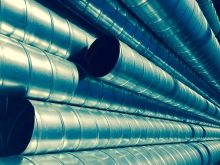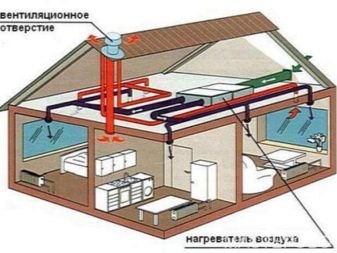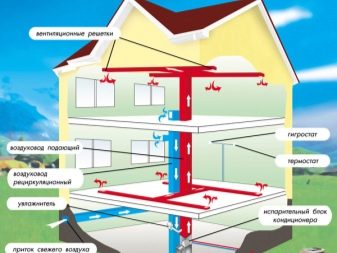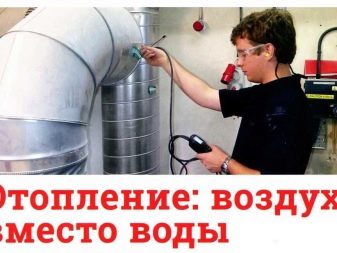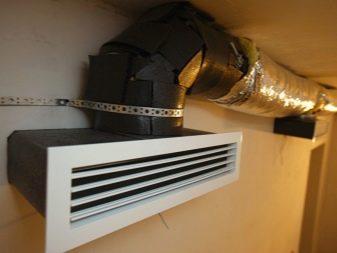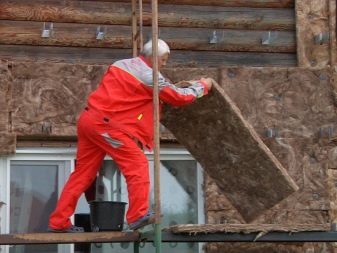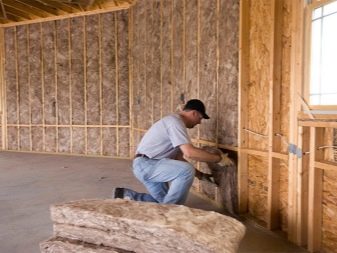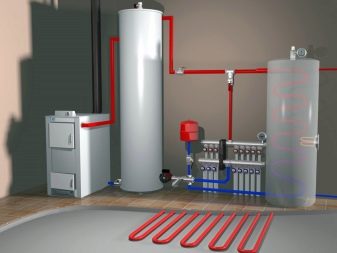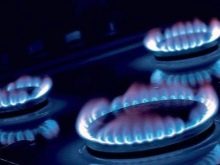Heating the house: economical ways and options
Almost any owner of a private house tries to minimize the cost of heating it. Selecting the most economical type of heating for your home, ordinary people often pay attention only to the cost of fuel. But here it is necessary to take into account both the heat loss of the building itself, and the capital investment at the stage of installation of the heating system, and the cost of servicing the network subsequently. Do not forget about the complexity of the application of one or another option.
Special features
Choose the most economical heating for the house should be adhering to certain rules:
- determine how often the house itself will be used: you will live in it constantly or periodically;
- determine what the benefits of a particular heating method are - in the low cost of installation or in the low cost of use;
- determine which specific type of fuel will be selected for the heating system;
- decide on the position of the rooms in the building and its area.
Electrical systems
Any electric heating system at home can be equipped according to two principles.
- Direct. Heating of any room is made by devices that feed directly from the network.
- Indirect With this principle, a coolant is applied that will heat the radiators that are installed in the rooms.
Most fans of the indirect method of heating the cottage as the main advantage cite as an example the long process of cooling the coolant in the heating system, which gives a sufficient advantage during the shutdown of the boiler. Supporters of direct heat talk about lower costs during the purchase and installation of equipment.
We give the electric heating system in order of increasing the price of investments:
- fan heaters and various convectors;
- heating with infrared radiation;
- electric heaters;
- heated floors (cable and film);
- ordinary water system that is equipped with an electric boiler and various sizes of radiators.
Kinds
Heating a house with electricity can be of several types:
- convection;
- warm floor;
- infrared;
- water.
Wall mounted convectors are installed in those areas where water heaters are usually selected - under the windows at the coldest walls.
Heat fans often have a forced injection of air masses and a rather mobile design. They can be installed in the most convenient places.
Infrared heating is much more efficient. These devices are attached to the ceiling and heat all surfaces, which then heat the air with them.
Such an entertaining method of heating as heated floors is very popular. The method is based on a heating film, cable mats or a heating type of cable that can heat a very spacious room. The device itself is inexpensive, but mounting under a screed or coating will obviously deal a significant blow to the family budget.
The basis of all mikatermicheskih heaters are non-metallic heating plates, which were developed using a new unique technology.
If you want to buy a heater mikatermicheskogo view, then obviously not regret it. These heaters transfer most of their heat energy to the room through radiation.
Advantages and disadvantages
Electric heating of your own house have significant advantages.
- Ease and ease of installation. This equipment does not require a separate boiler room or a smoke gate.
- Security. There are no products of combustion and the presence of carbon monoxide.
- Low initial investment.
- Reliability and noiselessness.
- High efficiency. Electric heating is necessarily equipped with a special system that will allow owners to regulate the temperature in any room of their home.
A significant disadvantage of this type of equipment is considered a large energy consumption. Electricity prices are quite high, and this option of heating the house can be very unprofitable.
Another significant disadvantage can be called volatility. Heating of the room becomes impossible if the electricity is turned off.
The disadvantages are unstable voltage in the network, this problem will be felt very acutely in rural areas.
If you do decide on electrical heating, then you will need to take into account the general condition and parameters of the power wiring of your home. A large cottage for these purposes will need a three-phase network.
Boiler Specifications
Modern electric boilers operate on three principles of heating the coolant:
- Heaters;
- electrodes;
- using magnetic induction.
The first option can be called the most common. The coolant from the system goes inside the boiler, where, using tubular heating elements, it quickly heats up and returns back to the system. This type of equipment is considered safe, quite functional, and also has built-in automation, and it will control the temperature in the rooms and the temperature of the coolant itself.
Electrode devices work on a different principle. In this device, the heating element consists of two electrodes - a voltage is applied to them. The coolant is heated by electric current, which will move through it from the first electrode to the second, after which the coolant enters the heating system.
The frequency of use affects the ability of the electrodes to heat up, as over time they become thinner and no longer warm the house to the extent necessary.
The device of induction type boilers is more complicated, although structurally they are much more attractive. This type of boiler does not have such heating elements that ordinary people are used to. The heat exchanger, being a part of the magnetic circuit, with the help of a strong magnetic field heats the coolant that passes through it into the heating system.
Electric heating of the cottage in the form of indirect heat transfer has significant advantages over gas and air heating: hot water electric boilers are very reliable, do not require a chimney, and have high efficiency.
Water heating
The general characteristic of this type of heating of a cottage is to heat water or other coolant in the boiler, after which the liquid passes through the pipes of the house, giving the heat to the radiators, and then returns to the boiler.
By the types of coolant circulation, this economical method is divided into 3 types:
- with natural circulation:
- with forced circulation;
- with circulation combined.
Natural-circulation heating is very simple.
The movement of the coolant here is due to the difference in the density of heated and cold water. The heated water is lighter than cold and therefore is displaced by it in the heating boiler to the uppermost part of the heating network. Slowly cooling down, it descends along the system, thereby heating the room in the radiators, and then returns again to the boiler.
Otherwise there is a forced circulation type of heating.
These systems will differ from heating with natural circulation by the presence of an electric circulation pump. The pump can be built in separately, and can be contained in the boiler itself.
This method of heating directly depends on the circulation pump, but at the same time increases the efficiency of the heat supply itself by 30%.
Heating with combined circulation will allow you to safely switch from natural circulation to forced.
The disadvantages and advantages of the combined scheme are the same as those of the previous two schemes, and depend on its mode of operation.
Special features
The special features of water heating systems include a decent choice of boilers that can work with them qualitatively, but there is a relative complexity of installation compared to other methods of heating.
Advantages and disadvantages
Positive features of the natural circulation:
- system independence from power supply;
- durability.
In assessing the economy, you should also take into account the negative aspects of such schemes:
- the inability to heat 100 m2 of the house due to excessive hydrodynamic resistance of the networks, if they are long - the water ceases to circulate normally in them;
- the need to work the boiler in constant mode;
- difficulty adjusting the temperatures in the rooms.
Positive aspects of circuits with forced circulation:
- installation requires much smaller pipes than in gravity heating systems;
- efficiency due to pump operation is increased by 30%.
Disadvantages of circuits with forced circulation:
- in addition to the consumption of the main fuel for heating the coolant, electricity will be consumed for the operation of the circulation pump;
- if the power goes out, the system will not work.
What does it mean to heat the air?
This kind of heating method known to the inhabitants for a long time. Previously, ordinary houses were heated by heated air, which, from the stoves that were heated, walked along channels specially made for this purpose. And nowadays, many owners of country houses are thinking about how to do air heating of their homes with their own hands, since this method of heating has a lot of advantages over others.
To heat the rooms use both internal air masses and external ones. If the air is taken only from the street, then this kind of system will be called supply. For this purpose, fresh-type fans are used; it is they who drive the air directly to the heating unit.
A partial type of recycling implies taking air masses from both the street and from the premises, if it has already cooled down to the desired value.
The complete recycling scheme is as follows: The internal air is always in motion, moving from a hot to a cold state, then going to a heating appliance, where it heats up again and moves into the room to release heat and a new cooling phase.
Air heating is a type of heating that you need to pay attention to if the choice is made in the very first place in order to save money.
The most economical way is calculated on the fact that the air is heated in the heater or heat exchanger and is distributed through special channels to the rooms. In each room near the floor you can place several holes, passing through which the air fills the room with heat.
Description of the type of heating
First you need to stock up on three main components.
- Heat generator. For this, the heating boiler or furnace is most often chosen. The boiler will operate on any known type of fuel or be powered from the home electrical grid.
- Duct networkthat are usually made of galvanized steel. They may look unattractive, but more often they are decorated with various finishing materials to match the design of the room.
- Supply fan.
This heating design, equipped with their own hands, will well and fairly quickly heat any room. Climate devices can be built into such a system, which will perform the function of air conditioning and air purification in the summer.The location of the air conditioning units is carried out both at the top of the room and at the bottom - this depends on the selected heating scheme with the help of air.
The supply fan pushes warm air into the ducts. It is installed directly under the combustion chamber of the boiler and with the help of a filter it cleans the air from all sorts of impurities and dust in order to feed it to the heating point - to the heat exchanger. After it passes through the duct network, the cooling air returns to the heat exchanger.
Positive and negative sides
The main advantages of the system:
- the heating rate of the rooms is quite high;
- Efficiency of at least 85-90%;
- the channel network is almost not subject to wear and does not require maintenance between seasons.
But there are downsides to the air heating system.
- This type of heating will not work completely silently. If silence is considered a priority for you during the operation of the heating system, then this economical method of heating is clearly not for you.
- To install a heat generator, you need a fairly large room, much larger than for installing other types of heating systems.
Heat loss reduction
In order to get the most efficient and profitable heating system, it is necessary to take a more responsible approach to reducing heat loss. Recall what an ordinary person does if he freezes. Brews hot tea, pulls out a warm sweater and wool socks from the closet. That is, the most insulated. It turns out that man does not allow his natural warmth to go outside.
The same thing to do with the house. It is necessary to reduce the heat loss to the maximum, and for this you have to use an integrated approach - that is, to warm the house, both outside and inside the room. The main thing is that this can be done by hand, without the help of specialists and additional financial costs.
Ways
You can increase the heat transfer resistance of structures. For the beginning of those that are more profitable to warm. For example, if the walls of a building are initially warm, then it is cheaper to make more thickness of insulation material on the roof, on the floor, and also to select more energy-saving windows.
Each specific project can have its own solutions:
- You can use the "warm" windows, which outside will be protected by roller shutters;
- You can install a modern automatic ventilation system with a certain amount of air and heat recovery;
- You can use the heat recovery sewage drains.
Choose more efficient heating methods - warm floor with a condensing boiler, automatic temperature control for each individual room. A decrease in temperature of only 2 degrees will save at least 5% of the energy carrier.
Increase efficiency
To improve the efficiency of home heating, a variety of modern technologies that reduce fuel consumption can be introduced into the heating system. Only one method of distributing pipelines from the boiler to the radiators, there are a huge amount. There is a different design for heating equipment and all kinds of additional equipment that can significantly increase the efficiency of the entire system by 10–15% and even more. But you need to carefully weigh the pros and cons.
Fuel selection
The most commonly used types of fuel are:
- firewood;
- peat briquettes and briquettes from wood waste;
- black and brown coal;
- liquid fuel;
- electricity;
- gas, liquefied or natural.
When buying a heating boiler, it is necessary to take into account both the calorific value of any type of fuel and its potential consumption. The magnitude of the calorific value will directly depend on how efficiently it will release the necessary energy during use (combustion).
Thus, the most economical fuel option, as well as the safest one, is nevertheless gas and electricity, despite their constant increase in prices.
Good layout: reduced energy costs
To save on heating, you can consider the possibility of building a house with one floor instead of two. Two-storeyed houses have 10% more heat losses under equal conditions.
To simplify the shape of the structure, to bring it closer to the quadrangle, to remove the sheds that are in contact with the bearing enclosing elements. "Extra" corners, by the way, will increase the heat leakage from 3%.
Design an extension to the outer walls of those premises that are not heated - a summer kitchen and a veranda, a garage and a warehouse.
Strive to create the maximum area of glazing from the south. In order to level the heating in summer, it is necessary to provide measures such as a shading garden.
Natural Sources: Profitability
With a detailed calculation of costs with heat pumps, wind turbines, solar panels and collectors, the situation will look like this. Heat and electricity they generate for the cottage only at first glance free. The sun and wind bills for heating you will not expose, of course, but the equipment for the generation is very expensive.
In Europe, alternative energy is subsidized from the budget. In addition, the price tag for natural fuel they seriously bite. For this reason, green technologies are cost-effective and efficient there. But the state does not consider it necessary to subsidize solar and wind energy. And the prices for ordinary firewood, coal and gas are not so high compared with their neighbors in the West, so that they can warm a whole house in winter without any problems.
On the types of economical electric heating for a country house, see the video below.
